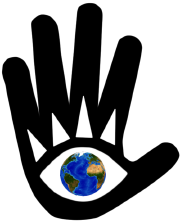Year 11 Volcanoes
A volcano is a vent in the earths surface where magma erupts to the surface. Above ground magma is called lava.
Volcanoes do have a distinct structure, but this does vary depending upon the type of plate boundary that the volcano is located on.
Click here for a useful site for volcanic terminology
Where are volcanoes found?
Volcanoes occur in narrow belts along compressional (destructive) and tensional (constructive) plate boundaries. Many of the worlds volcanoes located along compressional plate boundaries are found around the Pacific Ring of Fire. An example of where volcanoes are located on tensional plate boundaries is the Mid-Atlantic Ridge, which has over time constructed the country of Iceland.
Structure of a volcano
Although volcanoes do have a distinct structure, their appearance depends upon the type of plate boundary they are found upon.
Shield Volcanoes These are found along tensional plate boundaries.
These are found along tensional plate boundaries.
They are low with gently sloping sides.
Lava is basic so it flows quite a distance before it cools.
Eruptions are quite frequent and tend to be gentle.
Composite Volcanoes
 Composed of alternating layers of lava and ash.
Composed of alternating layers of lava and ash. Eruptions maybe a pyroclastic flow, rather than a lava flow. A pyroclastic flow is a mixture of hot steam, ash, rock and dust.
Eruptions tend to quite violent.
Found along compressional plate boundaries.
Images courtesy of bbc.co.uk

